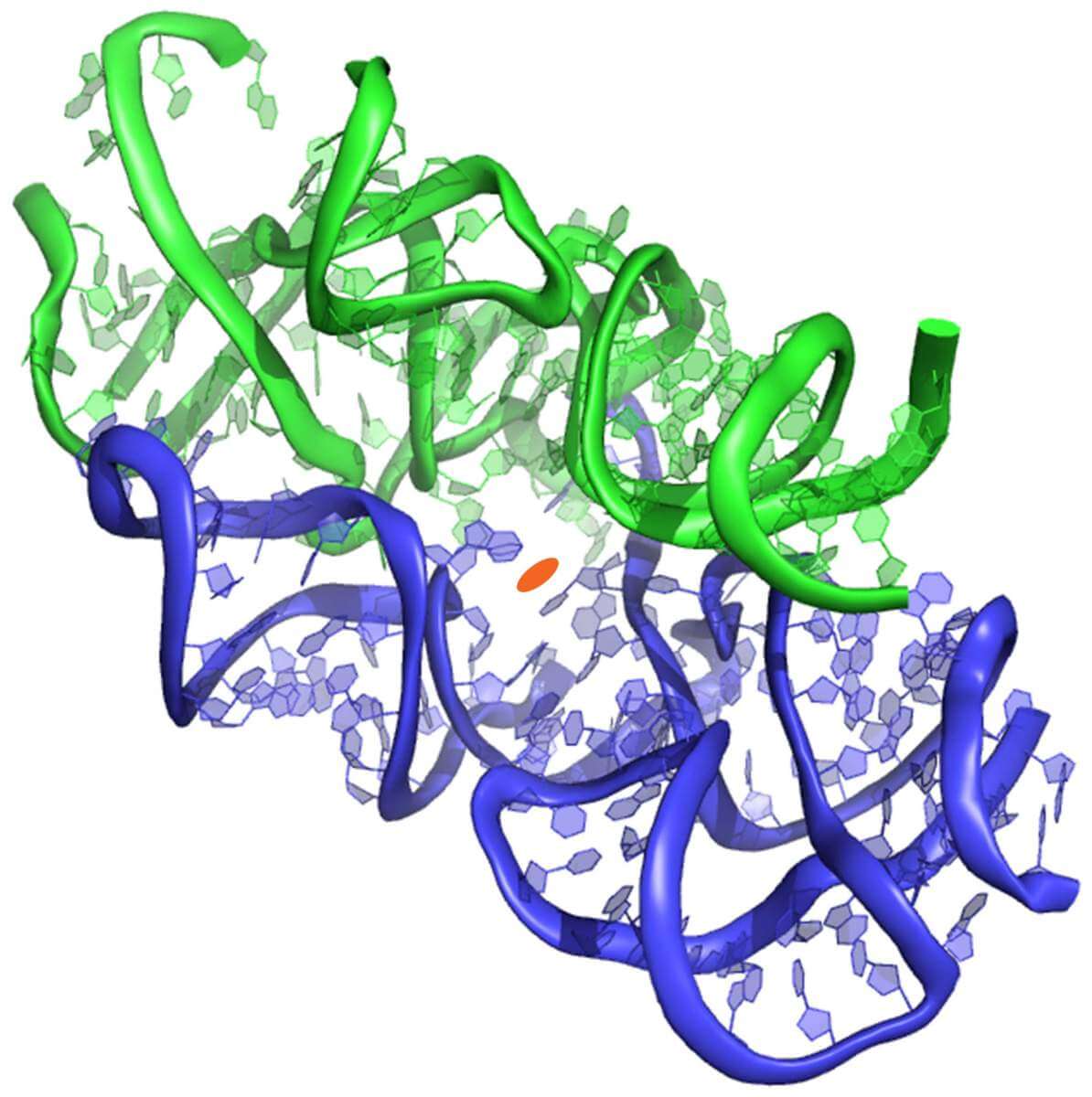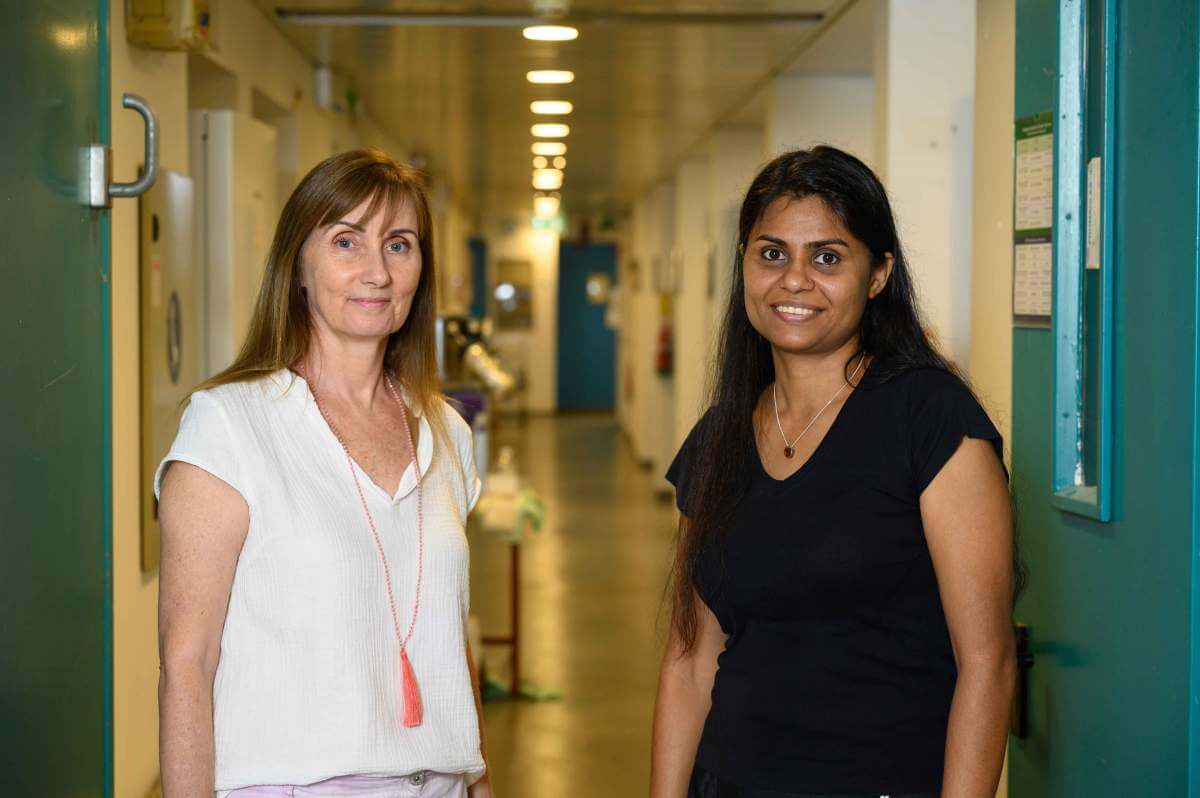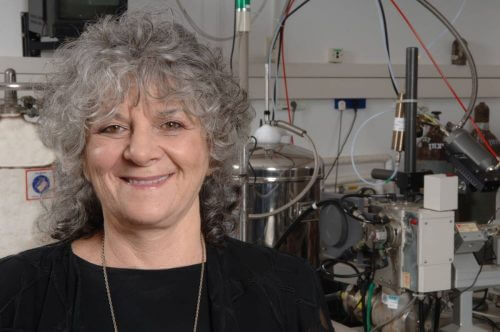A significant boost to the protoribosome theory - a tiny molecular pocket made of RNA that appeared in the ancient soup and encouraged connections between amino acids

An act that was (maybe) like this: a few billion years ago, there was no biology yet. That is, there were chemical compounds and processes, but life had not yet appeared. Then there was a twist in the plot: among the multitude of randomly formed chemical structures in the ancient soup, a tiny molecular pocket was found built from RNA and perfectly suited in shape to the spatial arrangement of molecules called amino acids so that they could form bonds between them. This paved the way for the production of essential molecules for sustaining life on earth: the proteins. From hormones, enzymes and antibodies to structural components of cells and tissues: tens of thousands of proteins play countless necessary roles in every living being.
Prof. Ada Yonath And the members of her group at the Weizmann Institute of Science showed that this ancient pocket has been preserved throughout hundreds of millions of years of evolution and is found to this very day within the ribosomes of every living cell - from bacteria and plants to humans. Recently They presented a significant boost to their theory through a unique experiment.
The theory behind the current research was born about 20 years ago, while Prof. Yonat Shakeda was working on cracking the structure and function of the ribosome - the cell's factory to produce proteins - work for which she was later awarded the Nobel Prize in Chemistry in 2009. "At that time we discovered a surprising structural feature of the ribosome" , says Dr. Anat Bashan, a senior faculty scientist in Prof. Yonat's laboratory in the Department of Structural and Chemical Biology. "Although the ribosome is a huge molecule that is not symmetrical, at its heart reside two components that together form a kind of pocket that is almost completely symmetrical."
"We were surprised to discover that such a pocket is found in the ribosomes of all living things," says Prof. Yonat, "and the integration of the activity of the ribosome takes place within it: the connections between the building blocks of the proteins - the amino acids - are formed in it according to the order dictated in the genetic code."
The scientists called the pocket-like structure a pre-ribosome or protoribosome. They hypothesize that it is the ancestor of all modern ribosomes, and that it was created as an autonomous molecular body in an ancient era, before the appearance of life on Earth, and was preserved as an intra-ribosomal region throughout evolution due to its importance and efficiency. The protoribosome is tiny compared to the size of the ribosome: it consists of RNA molecules containing about 120 nucleotides - less than 5% of the current size of the ribosome, which consists of about 4,500 nucleotides in bacteria or about 6,000 nucleotides in humans.

It is possible that just as the protoribosome was formed randomly, countless other molecules were also formed at that time in the ancient soup, but the unique structure of the protoribosome meant that it survived and even replicated. This structure encouraged a connection between two amino acids that fell into place. Later on, more and more amino acids were added to the chain and the creation of short proteins (peptides) began. Some of those random proteins that were created proved to be effective in stabilizing and enlarging the protoribosome itself, thus helping it to gradually evolve into the sophisticated protein manufacturing factory that it is today. "The contemporary ribosome is a kind of onion, containing in its center the protoribosome and around it layers that were added during evolution," says Prof. Yonat.
The production of proteins in ribosomes has been perfected over time, and today these are sophisticated molecular machines built from thousands of amino acids and produced in the ribosome according to the instructions encoded in DNA.
Over the years, the protoribosome theory has received various reinforcements, but in a new study led by Dr. Tania Bos, a post-doctoral researcher in Prof. Yonat's laboratory, the scientists conducted an experiment that simulates that ancient moment of the appearance of the molecular machine connecting amino acids in the ancient soup. To this end, Dr. Boss and her colleagues first created the universal pocket-like structure, as it is found in bacterial ribosomes. Based on these structures, the scientists created synthetic protoribosomes in the laboratory, and mixed them with amino acids, various salts and other chemicals. They then examined the resulting products using mass spectrometry and other methods. The protoribosomes produced in the laboratory provided the goods - they were found to be stable and had the necessary structure to form bonds between amino acids. "The creation of bonds between amino acids, that is, the production of proteins, is the most essential operation in any cell, and we have shown that it can occur inside the protoribosome," says Dr. Boss.

"We may have found the missing link between the pre-biological world and the world of proteins and nucleic acids, RNA and DNA, i.e. the biological world we know today," concludes Dr. Bashan. And what about the amino acids - where did they come from? They may have been created on Earth, they may have arrived from outer space via asteroids, as some scientists believe, but their origin already belongs to another story.
Dr. Gil Friedkin from the Institute for Biological Research in Israel also participated in the study; Dr. Ilana Agmon from the Technion - Israel Institute of Technology; Dr. Chen Davidovich from Monash University in Melbourne, Australia, Dr. Miri Krupkin, Nikita Dinger and Dr. Ella Falkovitz from the Department of Structural and Chemical Biology of the Weizmann Institute of Science; and Dr. Yoav Peleg from the Department of Life Science Research Infrastructures of the Institute.
More of the topic in Hayadan:
